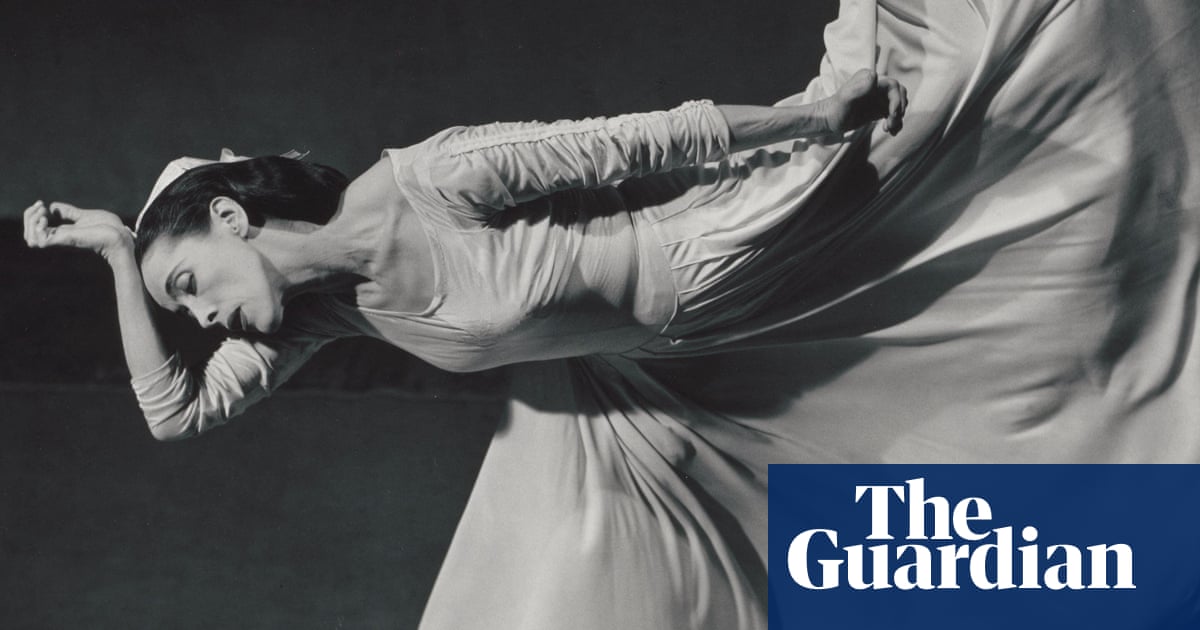
"free-spirited Isadora Duncan had wafted her way through European salons; Loie Fuller experimented with costume and light effects; Ruth St Denis and Ted Shawn, with whom Graham trained, explored dance aping the styles of India, Egypt and Japan. But it's Graham who became the true godmother of modern dance, developing a technique that would become the foundation of many dancers' training around the world, and starkly modernist choreography that would point dance in a new direction."
"Where ballet leapt to the sky, Graham was rooted to the earth. Where classical backs stood straight, Graham curved the spine and tilted the pelvis in deep contractions, connecting to some primal place of power. In the most famous images of Graham dancing, she wears a full skirt kicked into a semicircle while she reaches high or far into space, but also into the psyche. You can sense her gravity by just looking at the photo."
A century ago Martha Graham began teaching above Carnegie Hall, launching a modern dance revolution. She drew on predecessors like Isadora Duncan, Loie Fuller, Ruth St Denis and Ted Shawn while forging a distinct technique. Graham developed contraction-and-release movements, curved spines, tilted pelvises and earth-rooted dynamics that contrasted with classical ballet. Her choreography emphasized psyche, theatricality and stark modernist imagery and became foundational to dancers' training worldwide. Company dancers describe the technique as restrained, visceral, theatricalized and liberating. Graham's company plans a centenary celebration in 2026, yet her work remains seldom performed in the UK.
Read at www.theguardian.com
Unable to calculate read time
Collection
[
|
...
]